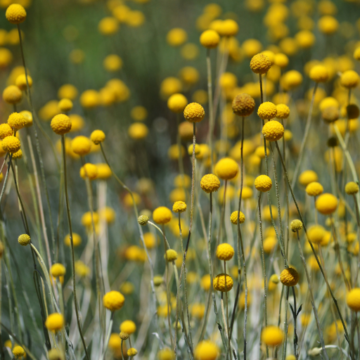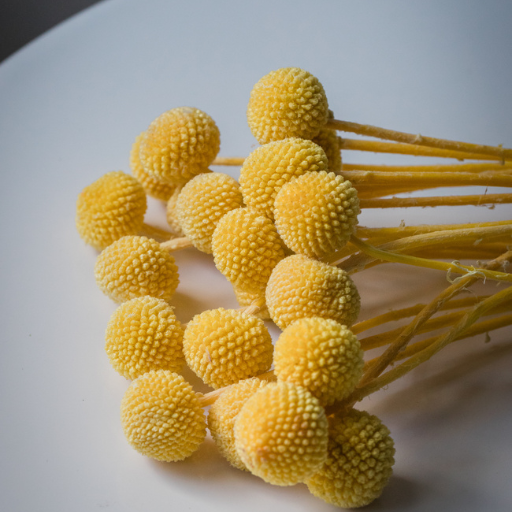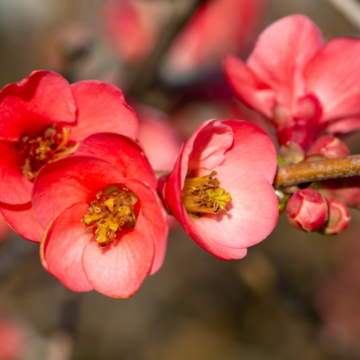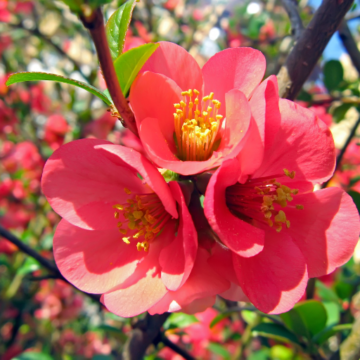As the seasons shift and nature unfolds its vibrant palette, one flower stands out for its unique shape and bright disposition – the Billy Buttons, also known as Craspedia. With its spherical golden blooms atop slender stems, this flower has found its place in history, culture, art and even traditional medicine.
Billy Buttons belong to the daisy family, Asteraceae. Their scientific name, Craspedia, is derived from the Greek words “kraspedon,” meaning “edge,” referring to the fringed petals characteristic of many daisy family members. Native to Australia and New Zealand, Billy Buttons have a storied history dating back centuries. Indigenous Australians used these flowers for their medicinal properties and incorporated them into cultural practices.

In Aboriginal culture, Billy Buttons held significance as a medicinal plant, and their bright yellow color symbolised vitality and energy. Over time, they have become a source of inspiration for artists and designers, with their unique shape and color often appearing in paintings, sculptures, and decorative arts.
Billy Buttons are known to symbolise good luck, good health, creativity and inspiration. Their bright, sunny appearance serves as a reminder to embrace positivity and joy in life. https://www.petalrepublic.com/craspedia-flower-meaning/

Indigenous Australians used Billy Buttons in traditional medicine for their anti-inflammatory and analgesic properties. The flowers were used to make poultices and infusions to treat various ailments. In modern herbal medicine, Billy Buttons are sometimes used for their potential diuretic and anti-inflammatory properties. https://foliagefriend.com/craspedia-flower-meaning/#:~:text=In%20some%20cultures%2C%20Craspedia%20flowers,such%20as%20headaches%20and%20fever.
Billy Buttons thrive in well-draining soil and prefer full sun. They are generally planted in the spring or autumn and can be harvested during their flowering season in the summer. Harvesting them at the right time ensures the best color and form for cut arrangements.
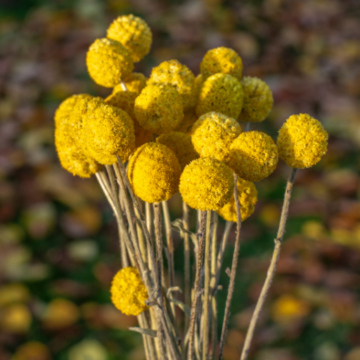
Drying Billy Buttons preserves their delightful appearance, making them suitable for long-lasting decorative purposes. Engaging in flower drying and arranging can have therapeutic effects, promoting relaxation and creativity, which can positively impact mental health.
Billy Buttons are more than just beautiful flowers – they carry a rich history, cultural significance and potential health benefits. Whether adorning a vase, inspiring an artist, or even lending a helping hand in traditional medicine, these cheerful globes of gold continue to brighten our world in more ways than one.

